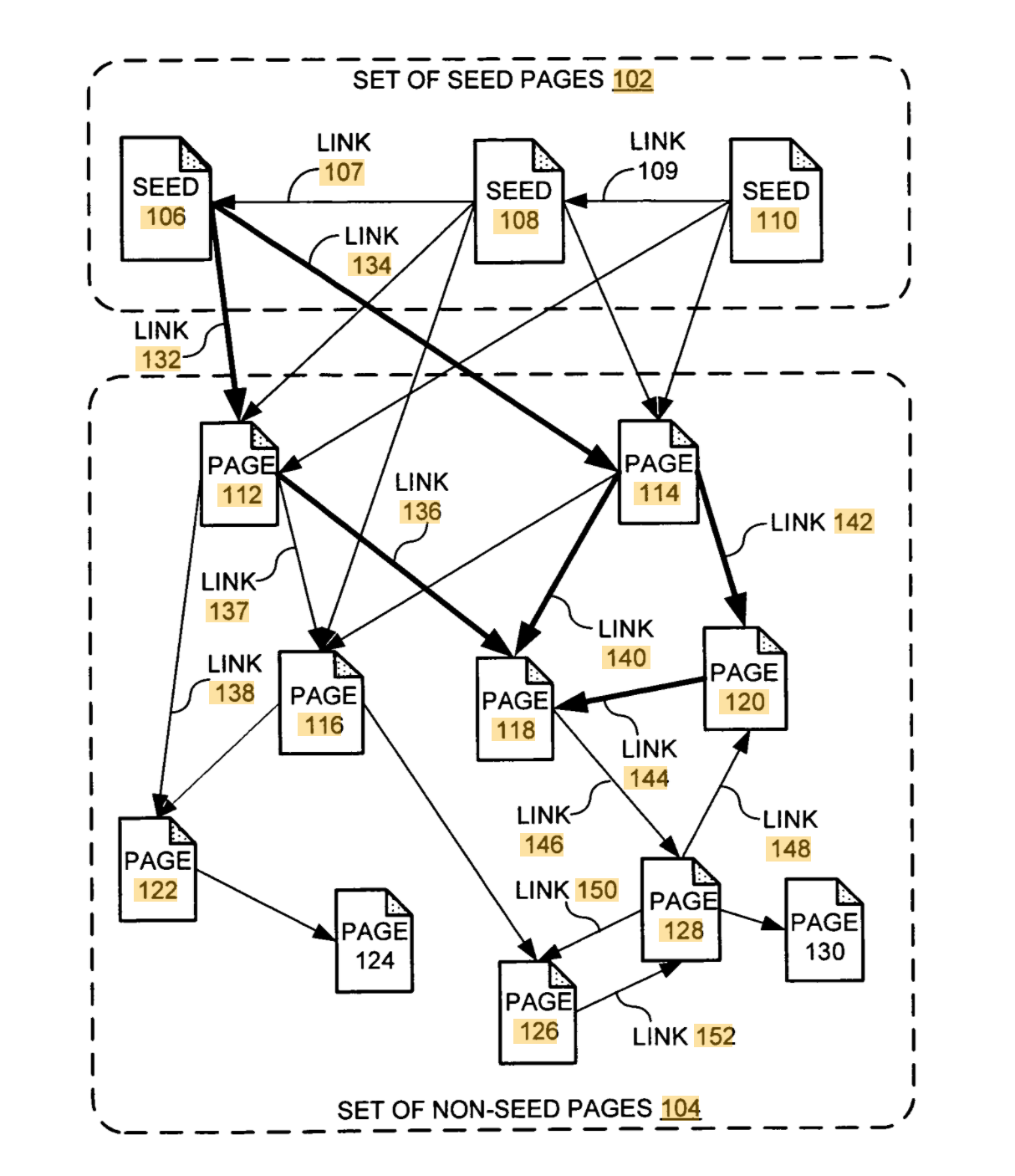What is PageRank, How Can You Calculate It & Does It Work Today

The debate rages among SEO specialists to this day: is PageRank still alive? In this article, our friends from Netpeak Software will tell what PageRank is, whether or not it affects the promotion of a site in search engines today, and how to calculate it correctly.
What is PageRank. How does it work.
PageRank (PR) is a website page quality metric based on the number of pages that link to a page. The more links lead to a page, the higher its PageRank. This principle was developed by Larry Page and Sergey Brin at Stanford University.
Schematically, it looks like this:

A website is considered more popular the more often it’s linked to on other sites. It all boils down to this: if there are more outbound links to one page than another, this page is more reputable and relevant and thus ranks higher.
But it’s not actually that simple. When calculating the popularity of a page, you also have to consider the popularity of all the pages that link to it. That is, it’s not enough just to know the number of pages that link to it; you also need to know the PageRanks of those pages.
For example, imagine that pages B, C, and D with a PageRank of 0.3 each link to page A. In this case, each link would transfer its 0.3 PR to page A, which would receive a total PR of 0.9. Here’s how it works:
PR(A) = PR(B) + PR(C) + PR (D)
But these are ideal conditions, where each page only links to one page. In reality, the pages often link to each other, so the links are intertwined.
For example, page B has links to pages C and A, page C has a link to page A, and page D has links to all three pages:

Thus, page B will share its PageRank of 0.3 between C and A, each of which will receive 0.15. Page C will pass on its 0.3 to Page A. Page D will share its PageRank of 0.3 between B, C, and A, each of which will receive 0.1. As a result, page A will get a PageRank of 0.55 (0.15 from B + 0.3 from C + 0.1 from D):
PR(A) = PR(B)2+PR(C)1+PR(D)3
This Internet intelligence became the foundation for how Google search was created. Google no longer publicly calculates the PageRank value for each website, but PageRank has served as the basis for the emergence of more complex algorithms.
Why did Google remove the public PR Score, and is there a replacement for it?
At some point, Google began telling website creators that they could boost their PageRank by buying links. This resulted in the market flooding with bogus buys and people trying to spam other sites with their links at every turn. This didn’t reflect very well on Google, as you can imagine.
So Google got rid of this ability, and it was eventually removed from the Google toolbar sometime around 2010. This official removal meant that other people didn’t have access to Google’s PageRank scores, although Google itself still ranks and uses these scores, along with other qualitative and quantitative data.
There’s no other numerical indicator that could replace PageRank, but many modern services calculate their own scores for website quality.
Why do you need to analyze PageRank?
Despite the fact that Google no longer shows the numerical PageRank value of each site, this metric is still taken into account when building search results.
By calculating the Page Rank of your site's pages, you can:
- optimize the distribution of search weight between the priority pages of the site,
- find pages with low performance and optimize them,
- measure the effectiveness of current interlinking blocks and optimize them.
How can I calculate PageRank?
Of course, you can always calculate PageRank manually, but unfortunately, there’s a high probability you’ll make a mistake and get the wrong result. Nowadays, there are services that calculate the PageRank of your site for you. One such program is Netpeak Spider.
To calculate the Page Rank of your site using Netpeak Spider, you need to:
- Check the Internal PageRank item in the Links block.
- Check the Outgoing Links item in the Links block.
- Enter your website address.
- Press the Start button.
Here’s an example:

There’s also a manual PageRank calculation mode in Netpeak Spider, which you can use to influence the calculation process:
- Select Tools from the top navigation menu.
- Select Internal PageRank calculation.
Here’s how it looks:

Google PageRank Checker is a free online service you can also use to calculate PageRank. Simply enter a website domain in the field provided:

CheckPageRank is another free service:

Although Google has hidden PageRank from public access, it remains one of the metrics that allows you to determine the authority of individual pages or an entire site as a whole.
In addition, PageRank calculations can be used to create more effective interlink blocks and promote the highest-priority pages with the help of internal links.

